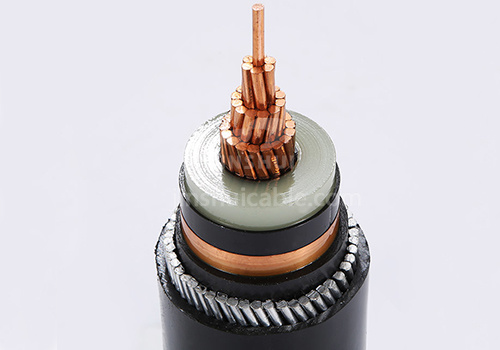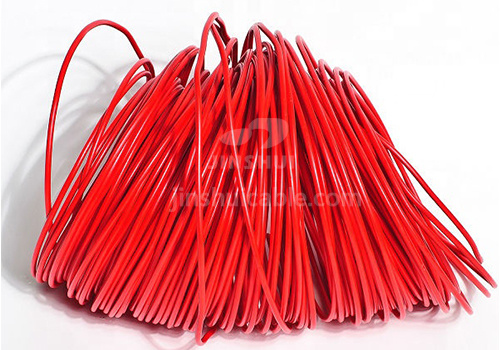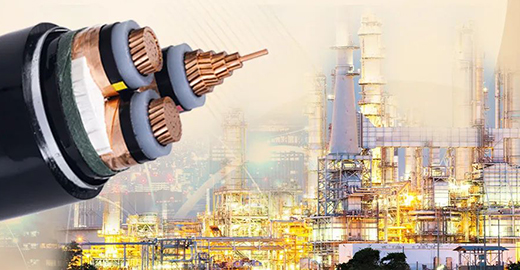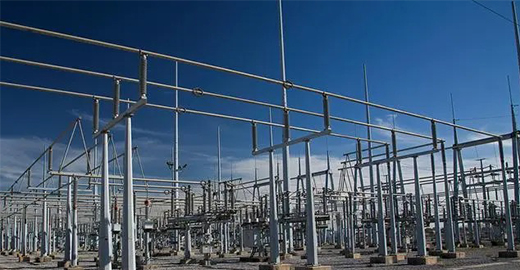With the development of the times, people's requirements for environmental protection are becoming more and more stringent, and more and more attention is paid to the problems of public places. Therefore, in modern high-rise buildings, subways, hospitals, colleges and large shopping malls and other systems in crowded places such as emergency exit lighting, alarm systems and fire protection equipment, etc., as well as in ship and locomotive manufacturing industries, people require a PVC that is different from ordinary PVC. Insulated and more reliable cables for power transmission and measurement - low-smoke, halogen-free, flame-retardant and fire-resistant cables. So, what is low-smoke, halogen-free, flame-retardant wire and cable, and how to identify low-smoke, halogen-free, flame-retardant wire and cable? The following will introduce the difference between low-smoke halogen-free flame-retardant cables and fire-resistant cables.


What is low-smoke halogen-free flame-retardant wire and cable?
Compared with ordinary PVC insulated and sheathed cables, low-smoke, halogen-free and flame-retardant cables are products that meet modern requirements. Once a fire occurs, the smoke released when the cable is burned is non-toxic and corrosive, so the damage to the human body and objects can be greatly reduced. At the same time, the amount and concentration of smoke released by the halogen-free cable are very low in the event of a fire. The crowd and firefighters can clearly find the source and exit of the flame, and the firefighters can quickly reach the fire scene to extinguish the fire. In addition, when a fire occurs in a flame-retardant cable, its flame-retardant components can play a flame-retardant role, so that the cable will not become a channel for flames to spread. At the same time, the halogen-free flame-retardant cable can also adopt corresponding raw materials and structural design to make it have fire-proof performance. In case of fire, this kind of fire-resistant cable can still continue to run within the first time, providing power for the rescue of personnel and equipment.
Main technical characteristics of low-smoke halogen-free flame-retardant cables and fire-resistant cables
1. Smoke density Polymer materials will more or less produce some smoke when they burn. Smoke is a mixture of water vapor and gas combined with solid or liquid suspensions due to non-combustion. The smoke density when the cable is burning is evaluated by Ds (specific optical density at a given moment) and Dm. It is under certain test conditions and by means of optical methods to measure the beam attenuation due to smoke accumulation. Dm represents the smoke density. total accumulation. The larger the Dm, the larger the amount of smoke generated during combustion, and vice versa. When the cable is burned in a fire, the general PVC material will release a very high concentration and opaque smoke when burning. The reason is based on the fact that the chlorine contained in the PVC smoke will react with the antimony in the additive during combustion, resulting in non-combustion and the formation of antimony trichloride gas (the formation of this substance will greatly dilute the oxygen content in the air, thereby making the fire The crowd suffocates), and at the same time releases black smoke molecules (carbon molecules) that block the transmission of light. The above-mentioned problems no longer exist in low-smoke halogen-free flame-retardant cables.
2. Toxic and corrosive When ordinary PVC cables are burned, the chlorine and hydrogen in them will combine to release hydrogen chloride gas. When the cable is required not to produce excessive smoke and toxic substances, or when the temperature does not increase its toxicity, PVC cables will be prohibited. The halogen-free cable uses halogen-free polyolefin as the base material, which will not produce acid gas when burned, so its toxicity and corrosion are much lower than ordinary PVC cables.
3. Flame retardant. Although cables made of PVC and other halogen-containing materials have flame retardant properties, due to their large smoke and toxic and corrosive gases, in the modern society, the requirements for and are getting higher and higher. , Halogen-free flame-retardant cables become an inevitable choice. In halogen-free flame retardant, flame retardant fillers such as a large amount of filled aluminum or magnesium hydroxide mainly play a role in flame retardancy. This substance can release crystal water when the cable is burned and absorb a large amount of heat, thereby inhibiting the temperature rise of the polymer, delaying thermal decomposition, and reducing the burning speed. In addition, the water vapor produced by dehydration and decomposition can dilute the flammable gas, thereby achieving the effect of flame retardancy. Of course, adding too much combustible material to the organic matter will reduce the mechanical and electrical properties of the material. Therefore, how to make halogen-free materials not only have excellent flame retardant properties, but also have good mechanical and electrical properties has once become a difficult problem to solve.
Get A Free Quote

Flame-retardant cables are resistant to high temperatures and are not easy to burn, which can effectively prevent the spread of fire.

Jinshui Wire & Cable Group will participate in the Kenya Power and Energy Exhibition from June 26 to June 28, 2024.

Cables and overhead cables need to be selected according to their specific application scenarios.
Submit Request
PDF Request